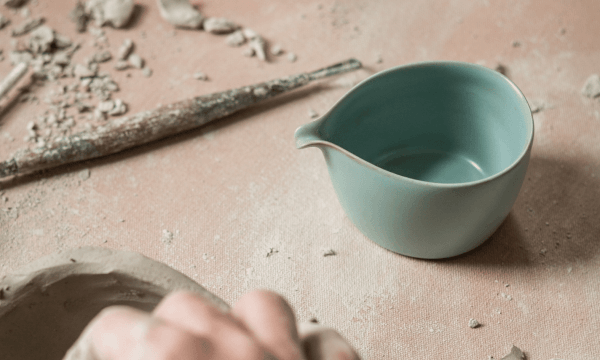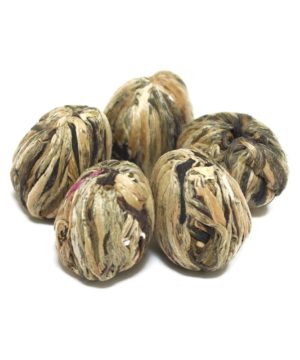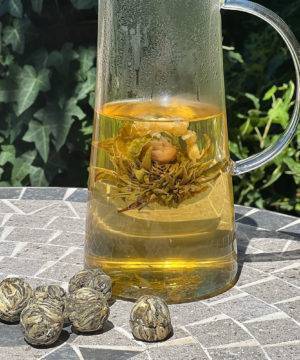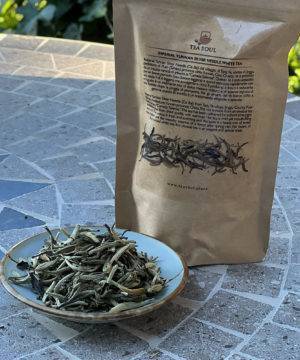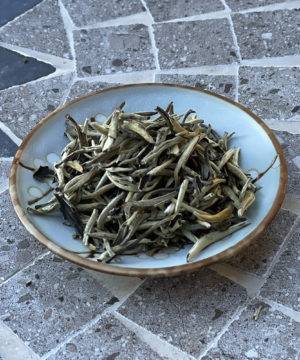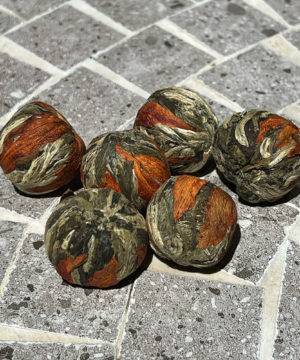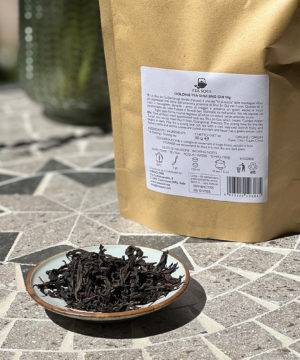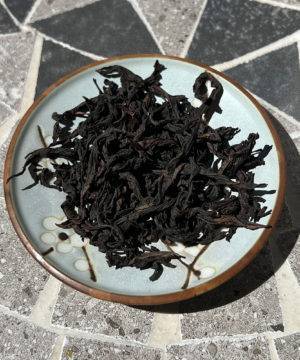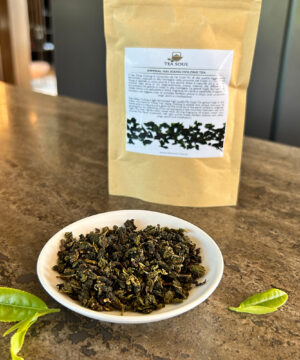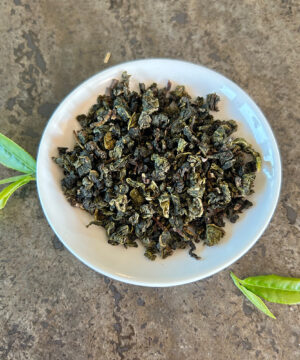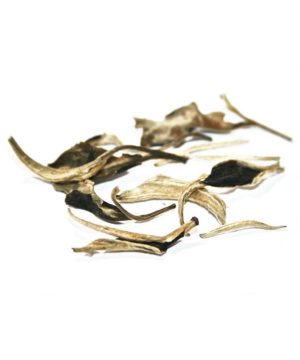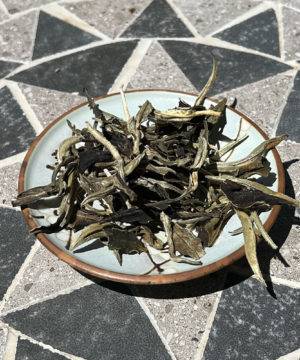

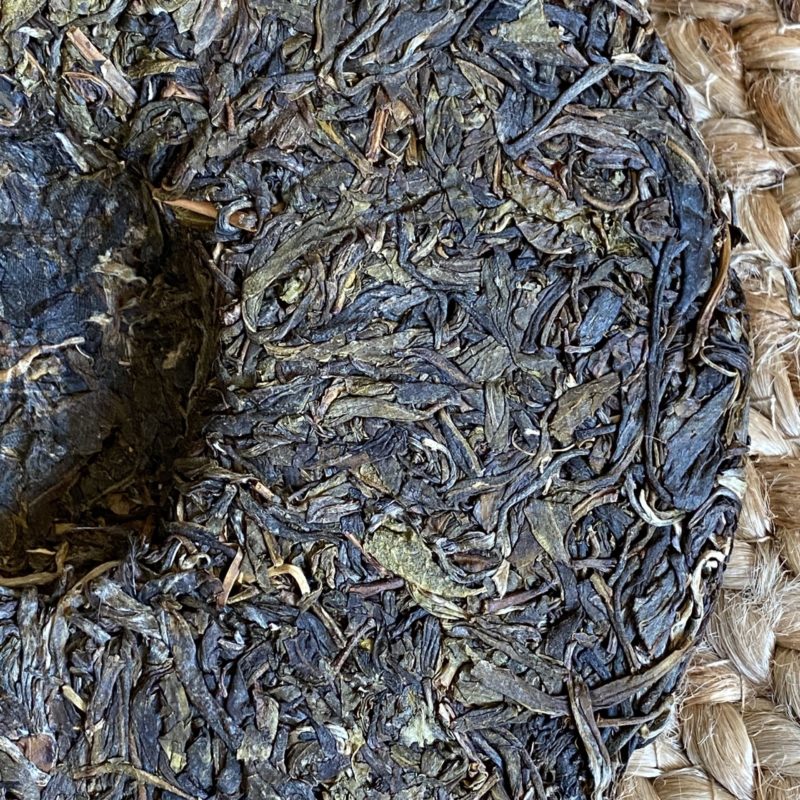





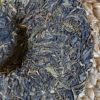



Menghai Spring 2019 Sheng (raw) Puer Tea 357g
33.61€ Taxes included
Menghai spring 2019 sheng puer tea is a very young raw puer, whose leaves are grown on a small plantation that has been active for more than 30 years on Bulang Mountain at an average altitude of 1,200 mt. It is a tea harvested at the beginning Spring with the proportion of one bud and three leaves. The palate is soft and fragrant, pleasantly acidic, with good minerality.
In stock
Purchase & earn 31 points!
SKU: B1020636
Categories: Puer tea, TrovaPrezzi, Tea puer sheng, COLLECTIONS, Puer Sheng Crudo, Tea
DON'T MISS DISCOUNTS AND NEWS!
Subscribe to our WhatsApp channel and receive all updates quickly and conveniently!
Subscribe to our WhatsApp channel and receive all updates quickly and conveniently!
The leaves of Menghai spring 2019 sheng (raw) puer tea come from the Menghai area located in the Yunnan region of southern China. In order to better understand this product, it is necessary to investigate the area of origin of its leaves as, in most cases, it is the place of origin itself that gives the tea its name and main organoleptic qualities. This puer, specifically, is composed mainly of the harvest made in the vast Menghai area west of Xishuangbanna Autonomous Prefecture in the far south of Yunnan. The leaves in question were then carefully selected and pressed in spring 2019 by the Menghai Shenyu factory located in Menghai County. The indication on the factory where the leaves arrive is useful to emphasize that behind this puer is a certain style or type of research designed by a special group of tea masters to enhance the territorial characteristics of the product.
On the palate, Sheng Menghai Spring has a vegetal character enriched by slightly acidic notes, similar to those of an unripe citrus fruit. The latter characteristic is a factor often heard in puers around the year of aging and is indicative of the maturation stage of the product. Despite the taste factor related to the very young age, the body of the drink is still soft to the sip, while in the aftertaste there is a slightly dry feeling given by the high mineral content in the leaves. Compared to other puers, this one does not show any particular sweetness but only a slight savoriness related to the plant flavor part of the infusion. The most interesting point of this product, in fact, remains the mineral sensation that will be able to be felt in a very intense way in the back of the mouth once the tasting is over.
Place of origin
Menghai – Yunnan, China
Production
After harvesting, the leaves are left to wither in the sun for a certain amount of time at the producer’s discretion before moving on to the oxidation-blocking stage, purportedly similar to that used to produce green teas. In this case, however, the leaves are heated in the iron wok with a lower temperature than the usual standards for a green tea so it is possible to preserve some enzymes capable of changing the the taste of the tea through the time. Once pan-fried, the leaves are allowed to rest overnight before concluding their sun-drying. In this stage the product is called maocha and it is ready to be (eventually) pressed in order to have the best conditions to being transported and aged. To press the leaves, they are passed through a strong jet of steam for a few seconds so that they are made soft on the outside; then they are gathered into a sock or bag that will give the product its shape, usually discoidal. To ensure that such a structure remains fixed over time. the bag is left for hours under a stone or mechanical press while the leaves lose that residual moisture taken up by the steam in the previous step.
How to prepare
We strongly recommend infusing this tea in the traditional Chinese method (Gong Fu Cha) with a gaiwan with a capacity of about 150 ml. By following this preparation, multiple infusions can be made with 5 grams of leaves that are useful to best capture all the flavor nuances of the tea.
Heat the water to a temperature of 90°C: conduct a short rinse of the leaves and then an initial 20-second infusion. Keeping the water at the same temperature, you can then continue to exploit the same leaves by adding more water and increasing the infusion time by 5 seconds each time (20-25-30…).
This tea has a longevity of 8 infusions.
For a more classic preparation in the Western style, we recommend 2.5 grams of leaves in a 200-mL cup with water at 90°C for an infusion time of 2 1/2 minutes.
For a better tasting experience, we suggest that you strain the tea as soon as the brewing time is over. The infusion timings we suggest can be slightly modified to your liking to achieve a more or less intense taste.
Store in a cool, dry place away from direct sunlight.
| Weight | 0.45 g |
|---|---|
| Dimensions | 0.000000 × 0.000000 × 0.000000 cm |
| Detail - Temperature | 90°C |
| Detail - Brewing | full-bodied |
| Feature - Caffeine | Medium caffeine |
| Preparation - Gaiwan | 5gr x 150ml / 20-25-30… sec / 8 infusions |
| Preparation - Mug | 2.5gr x 200ml / 2 minutes and a half / 2 infusions |
| Feature - Oxidation | Partial oxidation |
| Other - Origin | China |
| Other - Taste | Vegetal |
| Other - Instants | Drink |
| Teapot | 8023222236363 |
| Season |
Still no Reviews for this Product
Related products
Sale!
9.20€ Taxes included
Earn up to 81 points.
This product has multiple variants. The options may be chosen on the product page
REGIONS
10.40€ Taxes included
Earn up to 38 points.
This product has multiple variants. The options may be chosen on the product page
8.00€ Taxes included
Earn up to 30 points.
This product has multiple variants. The options may be chosen on the product page
9.20€ Taxes included
Earn up to 81 points.
This product has multiple variants. The options may be chosen on the product page
Highly Fermented Ooolong
13.90€ Taxes included
Earn up to 28 points.
This product has multiple variants. The options may be chosen on the product page
Oolong Semi Fermented
9.20€ Taxes included
Earn up to 63 points.
This product has multiple variants. The options may be chosen on the product page
11.50€ Taxes included
Earn up to 65 points.
This product has multiple variants. The options may be chosen on the product page





